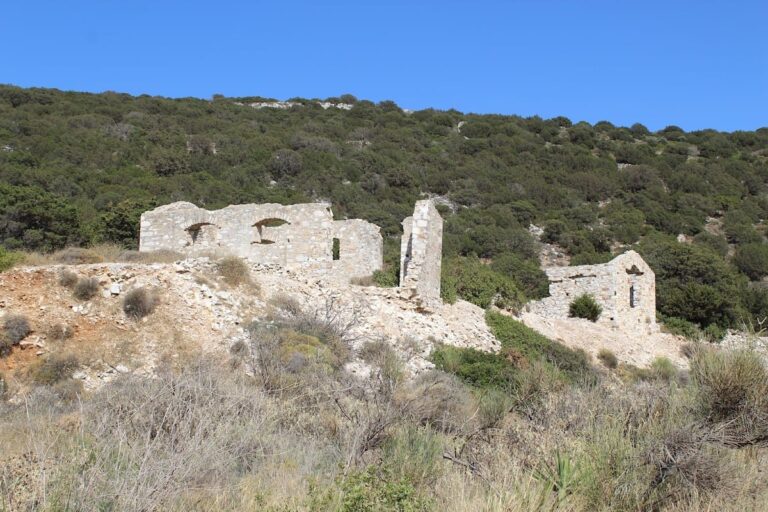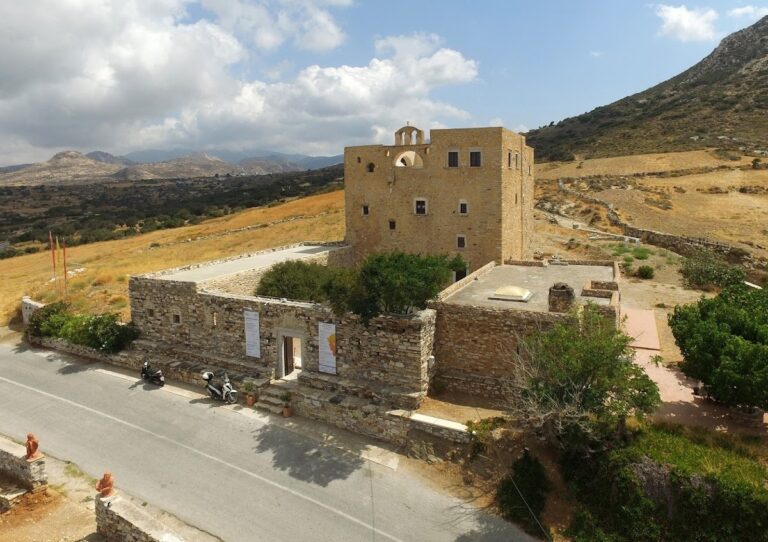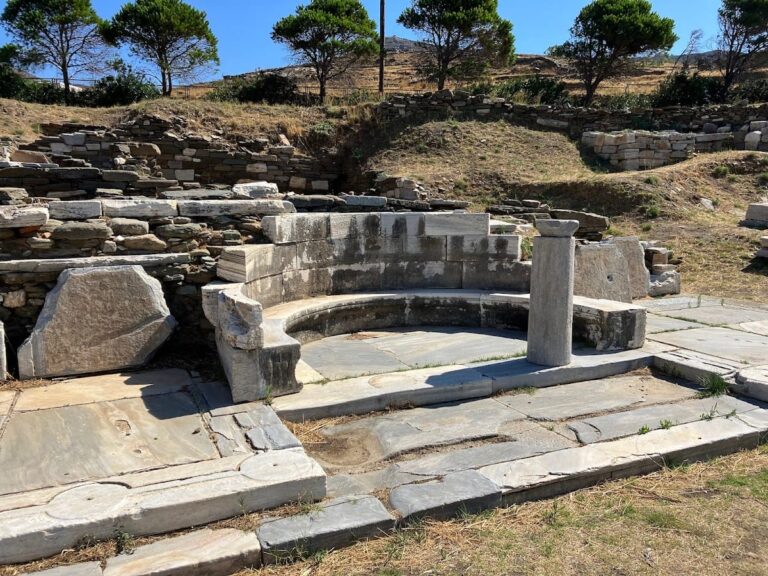Archaeological Museum of Paros: Preserving the Island’s Ancient Heritage
Visitor Information
Google Rating: 4.4
Popularity: Low
Google Maps: View on Google Maps
Official Website: archaeologicalmuseums.gr
Country: Greece
Civilization: Greek, Roman
Remains: Museum
History
The Archaeological Museum of Paros is situated in Parikia, the main town on the island of Paros in Greece. The museum was established in 1960 to preserve and display artifacts from the island’s extensive past. Paros itself has been inhabited since prehistoric times, with evidence of continuous human presence from the Neolithic period through the Roman era.
Artifacts in the museum reflect the island’s development during the Neolithic age, when early settlers created some of the earliest Cycladic figurines, such as the Fat Lady of Saliagos. This period marks the beginning of Paros’s cultural history, characterized by small communities engaged in farming and crafting.
During the Archaic and Classical periods, Paros became known for its marble sculptures and artistic achievements. The museum holds important works from this era, including the Gorgon of Paros, a statue dating to the 6th century BCE, and the Nike of Paros, an early Classical marble figure representing the goddess of victory. These pieces illustrate the island’s participation in the wider Greek artistic tradition.
The Roman period is also represented in the museum’s collection, showing the continued occupation and cultural activity on Paros. Artifacts from this time include mosaics and architectural fragments, which reveal the integration of Roman styles and techniques on the island. The museum’s holdings span this long historical timeline, offering a comprehensive view of Paros’s past.
Remains
The Archaeological Museum of Paros consists of two main rooms and an atrium, arranged to present artifacts in chronological and thematic order. Room A is dedicated to sculptures from the Archaic and Classical periods, while Room B contains pottery, smaller sculptures, and various objects dating from the Neolithic through the Roman era.
The atrium serves as an open space displaying larger sculptures, architectural fragments, urns, and a mosaic floor from the Roman period. This area highlights both movable artifacts and elements originally part of buildings, providing insight into ancient construction and decoration.
Among the notable exhibits is a large amphora from the 7th century BCE.









